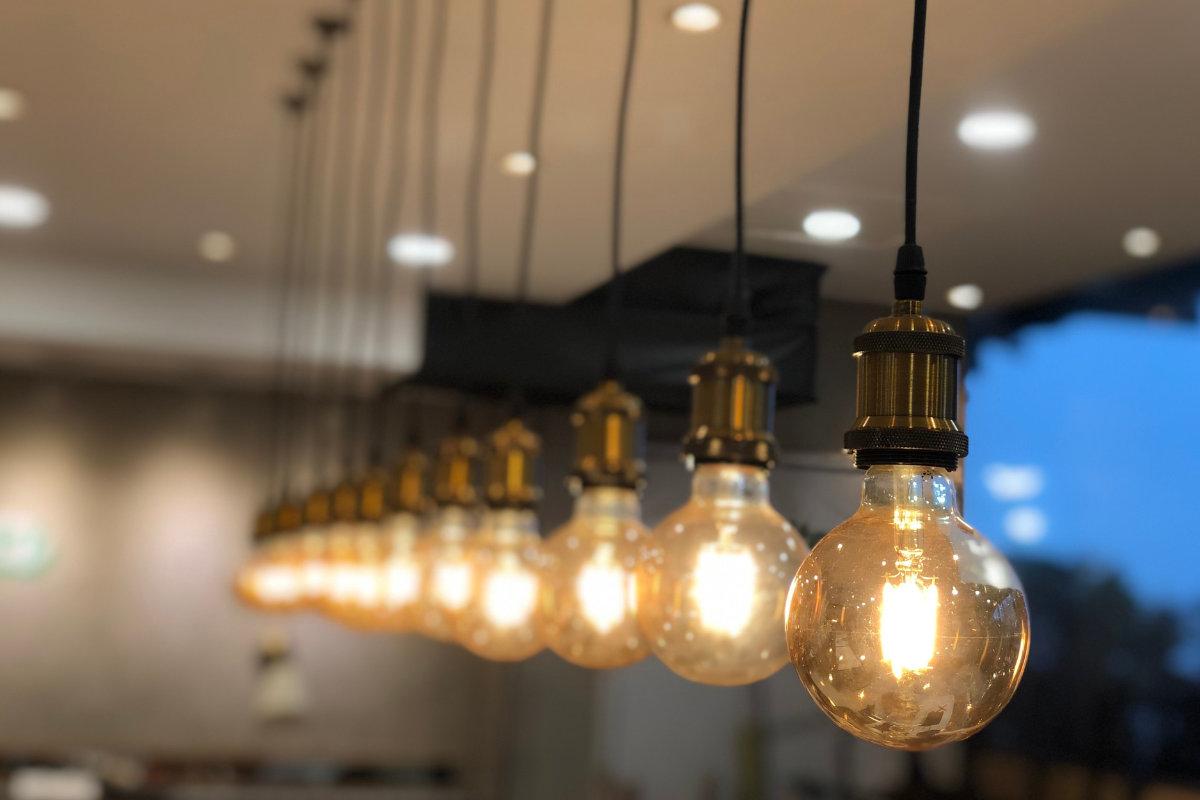
14 Feb What Is the Best Way to Reduce Energy Bills?
How to reduce your energy bills in winter and summer
Did you know that 20% of Americans struggled to pay their energy bill at least once in 2021? That’s why finding ways to lower energy costs are more important than ever.
Heating and air conditioning are usually big contributors to high energy bills. Do you need a more energy-efficient HVAC? Do you feel drafts by doors and windows?
The following guide will explain how to reduce energy bills. Read on and learn a few simple tips to improve your home’s efficiency.
Install a High-Efficiency HVAC System
HVAC systems easily use the most energy in your home. High-efficiency air conditioning and heating is the best way to maximize energy savings each month.
Older systems over-work and cost much more to run. In fact, newer systems cost less than half the money each month. This is because they operate at about 99% efficiency to use every bit of energy.
Modern HVAC systems are more consistent and eliminate temperature swings. They precisely regulate your home’s temperature and humidity level.
You can also customize airflow throughout different parts of your home. So, you only need to heat and cool the specific rooms you’re using.
Efficient systems are better for the environment and even filter cleaner air into your home. Newer systems are also much quieter. They also have smart features that allow you to control temperatures and schedules using apps.
Schedule annual servicing for your new HVAC system once you have it installed. This will ensure that it’s running smoothly and maximizing energy efficiency year after year.
Seal Doors and Windows
Make sure to seal any drafty doors and windows in your home. Doing so will allow your heating and cooling system to work less and conserve energy.
Damaged seals on windows and doors are very common causes of heat loss. Use a smoke leak detector to find exactly where the loss is coming from.
Reduce energy loss by adding new weatherstripping and door sweeps. Both items will seal gaps in your window openings and under your doors. You can also ad thermal curtains to large windows to boost their insulation.
Always check for any moisture in your windows. It can damage seals, dampen insulation, and cause compression. Replace damaged windows to prevent damage to your walls and insulation if necessary.
Make sure your bathroom fans are working properly to remove moisture. Consider barrier insulation in your crawlspace if you live in an area where it rains frequently.
Additional Insulation for Heating or Cooling
Heat rises and often escapes through the attic more than anywhere else in a house. Add rolls of insulation to your attic and spray foam to open areas under your roof.
Attic insulation can also act as a radiant barrier to help keep your home cool in warm months. It will reflect heat instead of absorbing it to reduce your air conditioning bill.
You should also make sure that your HVAC ducts have proper insulation. Repair and seal any cracked and damaged ducts because they cause substantial energy loss. Add more insulation to longer HVAC duct areas.
Insulate your water pipes to limit heat loss and also raise your water temperature slightly. It even helps ta water and shower water heat up faster so you don’t have to run it as long.
Water pipe insulation is affordable and simple to install in most cases. Just slide the insulation around an existing pipe and you’re done.
Electrical outlets and switches let a lot of heat pass out of your home and let cold air enter. Installing foam gaskets behind switch and outlet covers prevents heat loss.
Recessed lighting openings also cause energy loss. You can add insulation to these openings, but you need to take precautions. Make sure there are at least 3 inches between the lighting and insulation for fire safety.
Energy Efficient Water Usage
Newer washers, dishwashers, and refrigerators use less water and energy than older models. They help lower water bills and also get tasks done more efficiently. It’s a smart upgrade to invest in similar to newer HVAC systems.
Lower the temperature on your water heater. The default temperature for water heaters is usually 140 degrees. Try lowering it to 120 degrees regularly and turn it to the lowest setting possible if you leave town.
Wash your clothes in warm or cold water instead of hot water when doing laundry. It will cut your energy usage in half per load. Skip using the heated dry setting on your dishwasher to limit energy usage as well.
Take shorter showers to reduce your monthly water bill. Installing an efficient showerhead also saves thousands of gallons of water each year. Make sure to fix any leaky faucets in your home, too.
Energy Efficient Lighting
Switch out any incandescent light bulbs in your home with LED bulbs. LEDs use up to 90% less energy than traditional bulbs and last up to 25 times longer.
Always switch lights off when they’re not needed. Use smart bulbs and outlets that work through apps to schedule your home’s lighting. Even simple timers can help if you have a hard time remembering to turn off lights.
Try using more natural light during the day where possible. Use task lighting at night such as lamps and track lighting instead of dealing lights. Consider using exterior solar lighting for things like path lights and floodlights.
Ready to Lower Your Energy Bills?
Now you know that the best way to lower bills is by upgrading to an efficient HVAC system. You also know a few ways to insulate your home and help optimize heating and air conditioning.
Don’t forget that lowering water and lighting usage can make a dent in your bills, too. Remember this energy-efficiency guide and start saving money. Please contact us if your HVAC system is in need of repair or an upgrade.

